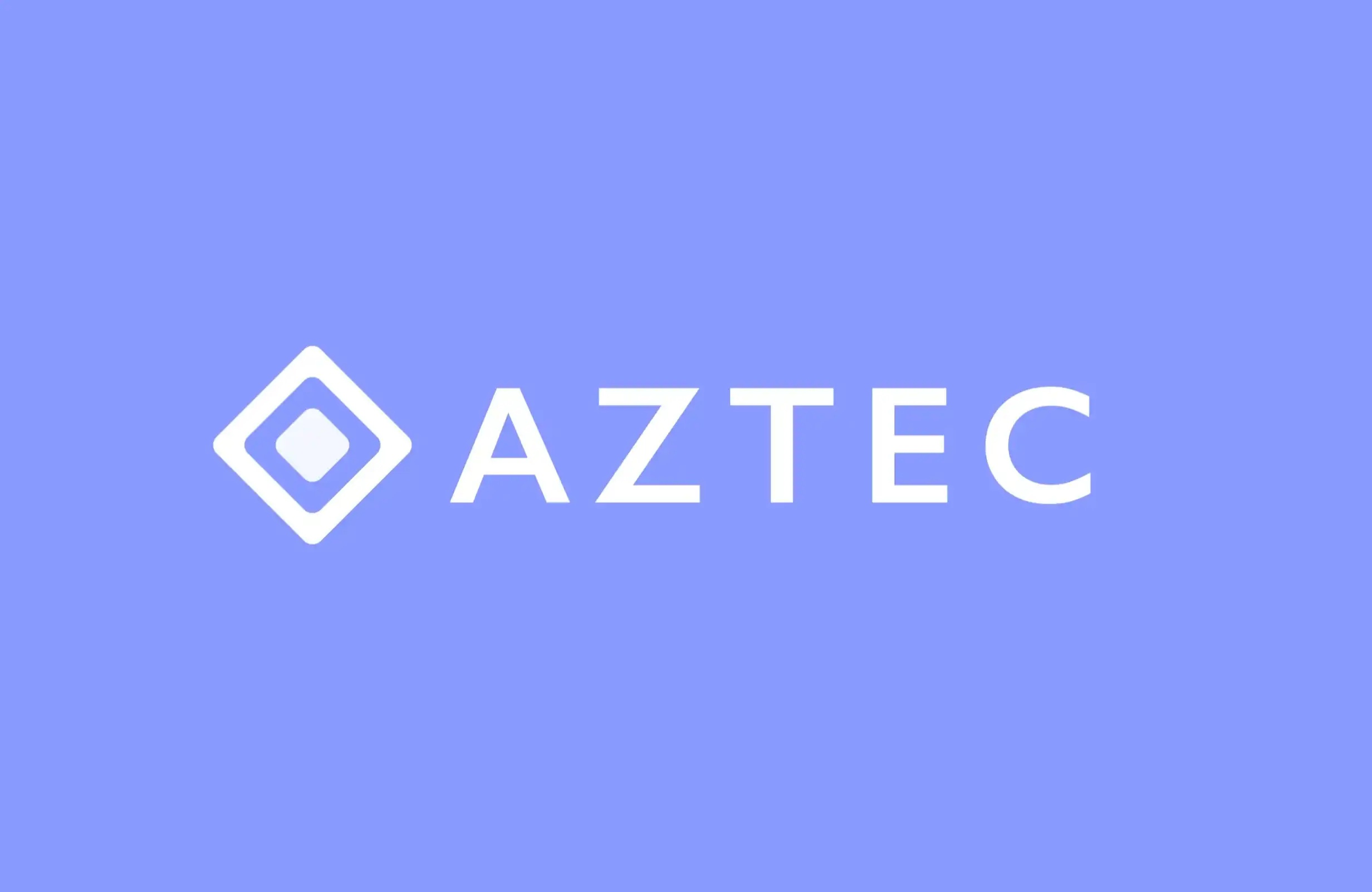Capital, regulation and airdrops have become the new impossible triangle in the crypto industry
Original title: "Why This Cycle Is Cooked"
Original author: David Hoffman
Original translation: Ladyfinger, Blockbeats
Editor's note:
In the rapid development of cryptocurrency, market structure and capital flow are facing unprecedented challenges. The EIGEN airdrop event not only triggered a wide discussion on the current market dynamics, but also exposed the significant divergence between private and public markets. This article aims to deeply analyze the complex factors behind this phenomenon, including the excess of venture capital, the involvement of regulators, and how these factors affect the interests of retail investors. By taking a historical review of the evolution of different token issuance models, we attempt to provide readers with a comprehensive perspective to understand the structural problems of the current market and explore possible solutions.
Introduction
The EIGEN airdrop has triggered a discussion on the divergence between private and public markets. The points-based, high FDV airdrop model fueled by large private rounds is creating structural problems for crypto.
Points schemes turned into multi-billion dollar, low-volume tokens do not constitute a stable or sustainable equilibrium. Yet due to a confluence of factors including an excess of venture capital, a lack of new entrants, and heavy pressure from regulators, we find ourselves stuck in this model with no escape.
The Evolution of Token Distribution Models
The model of token issuance is constantly changing, and here are the eras we have experienced:
· 2013: Proof of Work (PoW) Fork and Fair-Launch Meta
· 2017: Initial Coin Offering (ICO) Model
· 2020: Liquidity Mining Era (DeFi Summer)
· 2021: Non-Fungible Token (NFT) Minting
· 2024: Points and Airdrop Model
Each new token distribution mechanism has its own advantages and disadvantages. Unfortunately, this particular meta mechanism started from the structural disadvantages of the retail industry, which is also a natural consequence of the ruthless regulatory spotlight hovering over the industry.

Oversupply of venture capital vs. retail market weakness
There is currently an oversupply of venture capital in crypto. While 2023 was a bad year for venture capital fundraising, funds raised in 2021 were still ample, and raising money from venture capital is an ongoing activity in the crypto space.

There are currently a large number of well-funded VCs who are still willing to continue to lead rounds at multi-billion dollar valuations, which means that crypto startups can stay private longer. This obviously makes sense, because if tokens are currently priced at multiple times their last round of financing, then even late-stage venture investors can still make a profit from them.
The problem is that when a startup publicly issues a token for $1-10 billion, most of the upside has already been discovered by others who were earlier, meaning no one is going to get rich by buying a $10 billion token.
The crypto industry is being tainted by the structural disincentive to public market capital.
People want to get rich with their internet friends and form strong online communities and friendships around this activity. This is the promise of crypto, and it is not being fulfilled.


Billions unlocked but no new entrants
Here’s a combination of several data points that should make everyone wary:
Vance’s rough calculations suggest that there will be $200 billion to $300 billion of venture capital unlocking pressure in 2024 and 2025.



Coinbase’s Q2 report further demonstrates the lack of new market participants, at least not at scale.

Without a meaningful amount of new entrants this cycle, venture capital significantly outstrips demand for the fruits of that capital.


And retail investors primarily own the long-tail crypto assets, so institutional liquidity flowing in via Bitcoin ETFs will not bid up these markets. Capital recycling from crypto natives dumping $14,000 worth of bitcoin bought by Larry Fink can support these assets for a while, but this is all internal capital of PVP-capable players who understand how unlocking works and how to avoid it.
Market Dynamics Under SEC Regulatory Pressure
By limiting the ability of startups to raise capital and issue tokens more freely, the SEC is encouraging capital to flow to less regulated private markets.
The SEC’s overreach and regulation of the nature of tokens is undermining the value of public market capital, as startups cannot trade their tokens for public market capital without triggering a massive brain hemorrhage in their legal teams.
The Importance of Crypto Compliance to Market Balance
The cryptocurrency industry has gradually become more compliant as it has progressed.
When I entered the crypto space during the ICO craze in 2017, ICOs were promoted as a way to democratize investment and access to capital. Of course, ICOs eventually devolved into exploited scams, but nevertheless, it is a story that attracted me and many others to the potential that cryptocurrencies can bring to the world. But the ICO model ended when it became clear that regulators were viewing these transactions as unregistered securities sales.
The industry then turned to liquidity mining, which went through a similar process.
With each cycle, crypto has managed to obfuscate how it distributes tokens to the public, and with each cycle, it has become more difficult to hide the process that is essential to the decentralization of a project and the essence of our industry.
This cycle has the most relentless regulatory focus we have ever seen, and as a result, lawyers for venture-funded startups face the greatest compliance challenge the industry has ever experienced: distributing tokens to the public without getting sued by regulators.
The Impact of Compliance on Market Balance
Compliance shifts the balance point between public and private markets heavily toward the private side, as startups can choose to simply accept venture capital rather than violate securities laws.

The location of the balance point balancing private vs. public capital is determined by the strength of regulators’ grip on crypto markets.
· If there were no investor accreditation laws, the fulcrum would be more balanced.
· If there were a clear regulatory path for compliant token issuance, the difference between public and private markets would narrow.
· If the SEC had not waged a war on crypto, we would have a fairer and more orderly market.
Because the SEC will not provide clear rules of the road, we end up with a convoluted and confusing points model that leaves no one happy.
Limitations of the Current Token Issuance Model
Points provide very limited information to retail users about what they actually received, because if it were clear what the points actually were, the team would be exposed to securities law violations from the perspective of an overly invasive SEC regulator.
Points do not provide investor protections, because providing investor protections requires giving the process regulatory legitimacy in the first place.Since we find ourselves in this extremely bad conclusion, the Sybil and community discussions have put LayerZero in a dilemma.

LayerZero’s recently announced plan to allow airdrop witches to self-identify as witches has prompted Kain Warwick to write an article defending witches, saying that they are a group of people who significantly support LayerZero’s metrics and improve LayerZero’s perceived position in the market.
In reality, there is no boundary between community members and witches. Since ordinary crypto participants have no way to participate in private markets, the only way they can gain exposure is through commitment and meaningful activity on the platform whose tokens they want.
Without allowing small investors to write small checks to early rounds of crypto projects, the current token issuance model forces users to so-called witch hunts on projects they are bullish on. As a result, no community unites to get rich in this cycle, as they did with LINK in 2020 or SOL in 2023. The current token issuance model does not provide facilities for communities to gain early exposure at low valuations.
In response, mob attacks on airdrop startups on Twitter are becoming increasingly common. This is the inevitable result of the community's inability to express its wishes as a valid stakeholder in the project, creating an atmosphere of "no representation, no taxation!"
There is even another potential danger: mercenary capital exploitatively farming tokens to dump. Without the ability for small investors to invest in the early stages of startups, these highly aligned investors must compete with toxic mercenary farmers for airdrops, with no distinguishable differences between the two.
The Future of the Market: Finding a New Balance
The drawbacks of the points model have become apparent and are difficult to sustain. The SEC and scammers will both use it to their advantage and try to use it to their advantage.
Ultimately, we will have to turn to a different strategy that hopefully does not trigger the SEC’s wrath while also having a more complete strategy that benefits more early community stakeholders. Unfortunately, without regulatory exemptions for token issuance, this is just wishful thinking.
Welcome to join the official BlockBeats community:
Telegram Subscription Group: https://t.me/theblockbeats
Telegram Discussion Group: https://t.me/BlockBeats_App
Official Twitter Account: https://twitter.com/BlockBeatsAsia


 Forum
Forum Finance
Finance
 Specials
Specials
 On-chain Eco
On-chain Eco
 Entry
Entry
 Podcasts
Podcasts
 Activities
Activities









 0
0